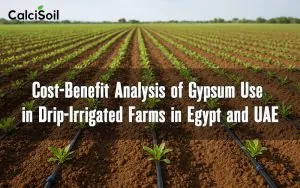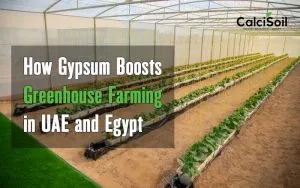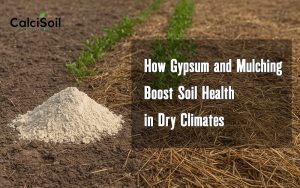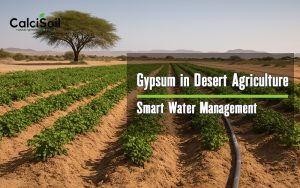
The time it takes to see results from using agricultural gypsum can vary based on several factors, including soil type, application rate, and environmental conditions.
Short-term Effects
Gypsum begins to show short-term effects almost immediately after application, particularly when it rains. As it dissolves, it increases the salinity of the soil solution, which can improve soil structure and enhance water infiltration right away. Farmers often notice improvements in crop establishment and growth within the same year of application.
Long-term Effects
For more substantial long-term benefits, such as improved soil structure and reduced sodicity, it may take several years of consistent application. Studies indicate that while initial improvements can be seen within the first year, the cumulative effects of repeated applications (typically every two to three years) can lead to more significant changes in soil properties over time.
What factors influence the speed of gypsum's effectiveness?
Several key factors influence the speed and effectiveness of agricultural gypsum:
Application Rate
Higher application rates of gypsum (typically 2-3 t/ha) lead to faster improvements in soil structure and crop growth, especially in the first year. Lower rates may take longer to show effects.
Rainfall and Dissolution
As gypsum dissolves, it increases the salinity of the soil solution, which suppresses dispersion and improves structure. More rainfall leads to faster dissolution and a quicker “salt effect”.
Soil Type and Depth
Gypsum is more effective in the topsoil, as the salt effect is buffered at depth.
Repeated Applications
For long-term benefits, regular gypsum applications every 2-3 years are needed to maintain the salt effect and displace sodium with calcium. The cumulative effect builds over time.
Particle Size
Finer gypsum particles dissolve more quickly than coarser ones, providing faster improvements in soil structure.
How does soil type influence the speed of gypsum's action?
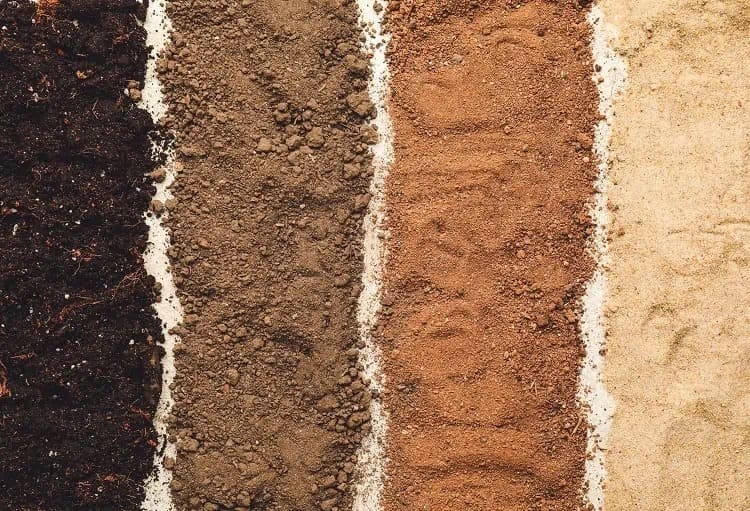
The speed and effectiveness of agricultural gypsum in improving soil properties is influenced by several factors related to soil type:
Soil Texture and Structure
Gypsum is more effective in soils with high clay content, as it helps flocculate dispersed clay particles and improve soil structure. In sandy soils, the effects may be less pronounced.
Gypsum Content
Soils with 10-25% gypsum content tend to have poor structural stability, while those with over 25% gypsum are less suitable for plant growth. The optimal gypsum content for rapid improvements is likely between 15-25%.
Soil Depth
Gypsum’s effects are most pronounced in the topsoil, as the salt effect is buffered at depth. A study on a sandy loam soil showed improvements in sodium levels down to 70 cm after an 80-100 t/ha gypsum dump, but the effects were greatest in the top 40 cm.
Soil Sodicity and Salinity
Gypsum is most effective in sodic soils with high exchangeable sodium percentage (ESP). It replaces sodium with calcium, improving soil structure and permeability. Saline soils also benefit from gypsum’s salt effect, which suppresses dispersion.
Gypsum's short-term effect compare to its long-term impact
Comparing Gypsum’s Short-Term and Long-Term Effects
Gypsum has both short-term and long-term effects on improving soil properties, but the mechanisms and timelines differ:
Short-Term Effects (1-3 years)
- Gypsum starts working as soon as it dissolves in water after application
- It increases the salinity (ionic strength) of the soil solution, which suppresses dispersion and improves soil structure at the surface
- Growers often see better crop establishment and growth in the year of application
- Surface-applied gypsum increases soil solution sulfate and calcium to a depth of 50 cm, even with low rainfall
- The salt effect works mostly in the topsoil, as ionic strength is more buffered at depth
- The short-term effects can last 1-3 years depending on rainfall and application rate, after which the gypsum dissolves and leaches away
Long-Term Effects (5+ years)
- Over time, the calcium in gypsum replaces sodium on soil particles, helping form stable soil aggregates
- Repeated gypsum applications have a cumulative effect, displacing sodium with calcium deeper into the subsoil
- Gypsum also increased calcium:magnesium ratio, sulfur levels, and reduced boron and chloride in the long-term
- Use of lime and gypsum together leads to a greater decrease in soil aluminum to a deeper depth than either amendment alone
In summary, gypsum provides rapid improvements in soil structure and crop growth in the short-term through its salt effect. But its long-term benefits of reducing sodicity and acidity are more profound and lasting, especially with repeated applications. The combination of gypsum and lime is most effective for treating subsoil constraints.
Conclusion
In conclusion, the application of agricultural gypsum offers a dual benefit for soil management, providing both immediate and long-term improvements. Short-term effects are noticeable almost immediately after application, particularly following rainfall, as gypsum enhances soil salinity, structure, and water infiltration, leading to better crop establishment within the same growing season.
However, for more profound and lasting benefits, such as improved soil structure and reduced sodicity, consistent applications over several years are necessary. Factors such as application rate, soil type, and environmental conditions significantly influence the effectiveness and speed of gypsum’s action.
Ultimately, while gypsum is a valuable tool for enhancing soil health and crop productivity, its optimal use requires careful consideration of these factors and regular applications to maintain its beneficial effects over time.

